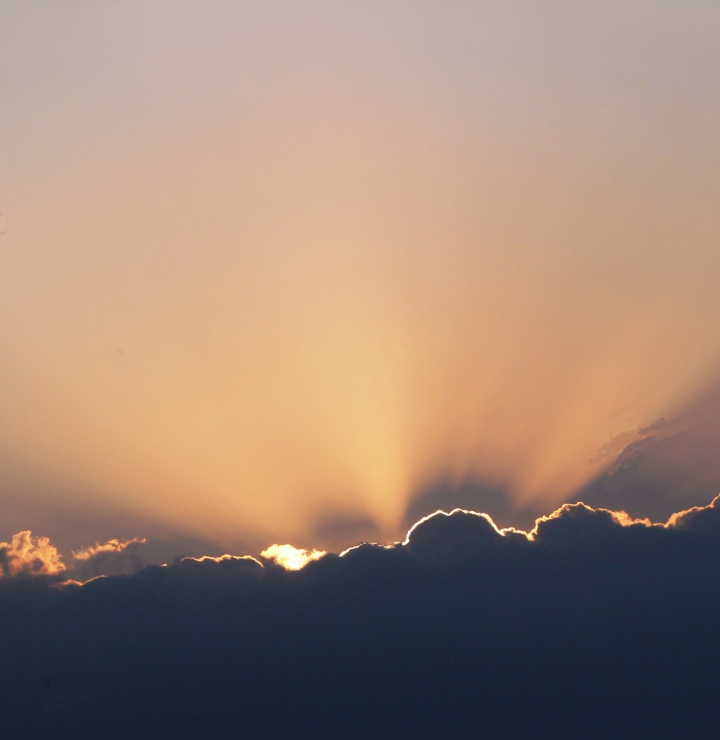Holy Week 2024 Schedule
- Palm Sunday – March 24
- Holy Thursday – March 28
- Good Friday – March 29
- Holy Saturday – March 30
- Easter Sunday – March 31
The season of Lent gives way to the celebration of Easter in Holy Week, the most sacred period of the liturgical calendar.
Holy Week includes both the Church’s most solemn observances and joyous feasts. Unique, beautiful liturgies fill the period of time that begins on Palm Sunday and culminates with Easter Sunday.
Holy Week 2024 is a great time to recommit to prayer and draw close to God.
Palm Sunday
Holy Week begins with Palm Sunday, a distinct liturgy that begins with a Gospel reading of Jesus’s journey to Jerusalem at the entrance of the worship space.
Palm Sunday is the first time we hear the Lord’s Passion in the liturgical calendar.
In 2024, Palm Sunday is March 24. In the homily that Pope Francis delivered in Palm Sunday in 2023, Pope Francis reminded us that “Jesus, in his abandonment, asks us to open our eyes and hearts to all who find themselves abandoned. On Palm Sunday in 2022, he stressed that God can forgive every sin.
Monday through Wednesday of Holy Week
Daily Mass takes place like normal during these three days of Holy Week.
Gospel readings during these days include passages from the Gospels of John and Matthew about Judas betraying Jesus, preparing us for the Thursday liturgy commemorating The Last Supper.
Taizé prayer services are popular in the evenings in the days between Palm Sunday and Holy Thursday.
While some Catholics refer to these days as “Holy Monday,” “Holy Tuesday” and “Holy Wednesday,” these names are less prominent than those given to other days that compose Holy Week. The USCCB simply refers to these days as “Monday of Holy Week,” “Tuesday of Holy Week” and “Wednesday of Holy Week.”
Holy Thursday
Holy Thursday begins the Easter Triduum–the three days leading up to Jesus’ Resurrection. Its formal name is Mass of the Lord’s Supper, which was the first celebration of the Eucharist. Other branches of Christianity refer to this day as Maundy Thursday.
This liturgy includes the reception of the Holy Oils, in which the Oil of the Sick, the Oil of Catechumens, and the Holy Chrism are processed through the church, to be used for the rest of the year. These oils are all blessed by the local bishop shortly before the liturgy.
Also notable at the Holy Thursday service is the washing of the feet, in which the priest washes the feet of 12 parishioners. Jesus did this to demonstrate to his disciples how they are to serve others through selfless love.
Originally, only men were invited to be among the 12 to have their feet washed. A decree from Pope Francis in 2016 opened up the ritual to all.
At the end of Mass, consecrated hosts remain on the altar while everything else is stripped away. As incense fills the church, the priest, donning a special garb called a humeral veil, takes the Blessed Sacrament and processes out of the church to a chapel or other area for adoration.
In 2024, Holy Thursday is March 28.
Good Friday
Good Friday of the Lord’s Passion, commonly known as Good Friday, is the only day in the entire year in which no Mass is celebrated.
It’s a solemn day that calls for fasting and abstinence.
Stations of the Cross are popular on Good Friday. The main service on Good Friday features no procession. The Passion is read and the Eucharist (consecrated on Thursday) is distributed.
Veneration of the Cross and solemn intercessions–a set of shared prayer intentions offered universally on this day–are other unique elements to the Good Friday service.
In 2024, Good Friday occurs on March 29.
Holy Saturday
The Mass on Holy Saturday is the Easter Vigil, though its full reference on the USCCB schedule of daily reading is “Easter Sunday The Resurrection of the Lord Holy Saturday At the Easter Vigil in the Holy Night of Easter.”
This is the most unique and perhaps most important liturgy of the year. The Easter Vigil ends the Triduum and begins Easter celebrations.
The service can only begin once the sun has set. Outside the church, a fire lights the Paschal candle, and the flame is shared throughout the church to individual handheld candles. The Liturgy of the Word, which normally includes nine readings, begins in darkness.
The readings demonstrate the connection between the Old and New Testaments and how Jesus fulfilled Scripture and achieved salvation for all humanity.
The Liturgy of Baptism, which follows the Gospel and homily, marks the culmination of the Rite of Christian Initiation of Adults (RCIA) program. Catechumens, who have been preparing to enter the Church, are baptized, confirmed, and later receive their first Holy Communion.
The Easter Vigil is a joyous, celebratory liturgy, filled with rich songs. Although the services ends late at night, churches typically have a reception afterward to continue the celebration.
In 2024, the Easter Vigil will take place on March 30. It will begin at different times in different parts of the country (and world), depending on the sunset time.
Easter Sunday
Compared to other Holy Week services, Easter Sunday Masses are most similar to those that occur during Ordinary Time.
The festive atmosphere continues from the Easter Vigil, with the worship space decorated with beautiful flowers, especially white lilies.
Of course, many parishioners wear special outfits to celebrate the day. Easter, the biggest feast that the Church has, is also among the most well-attended services of the year.
